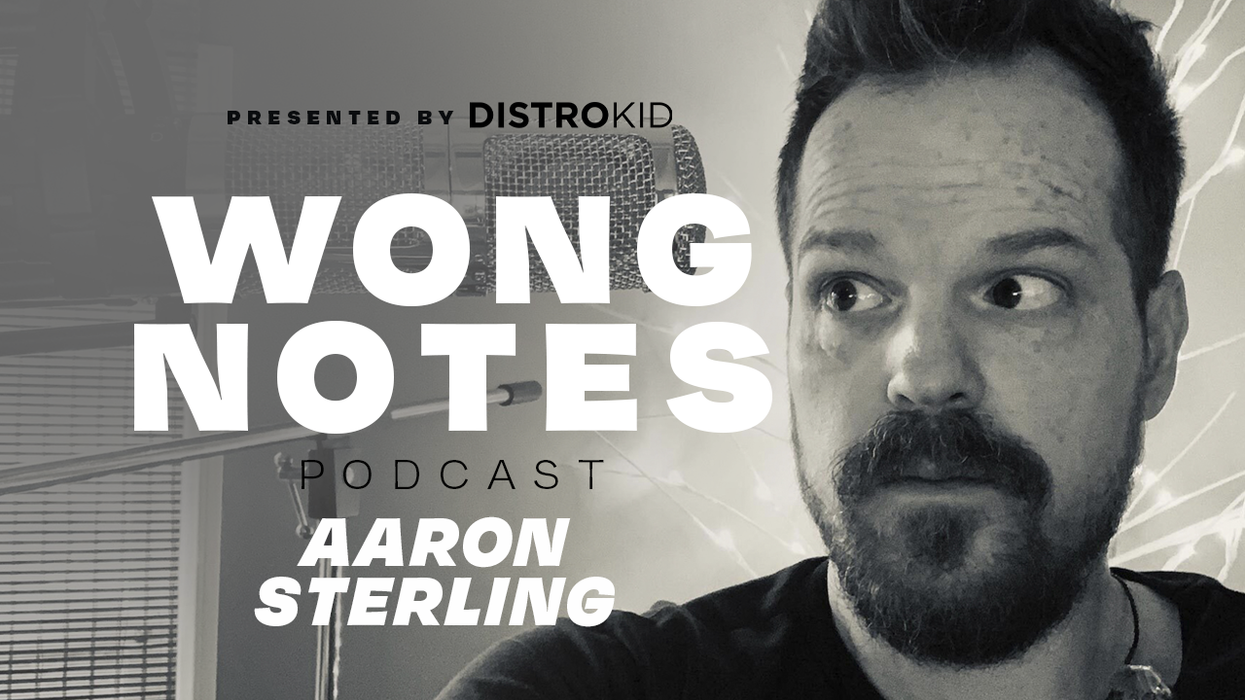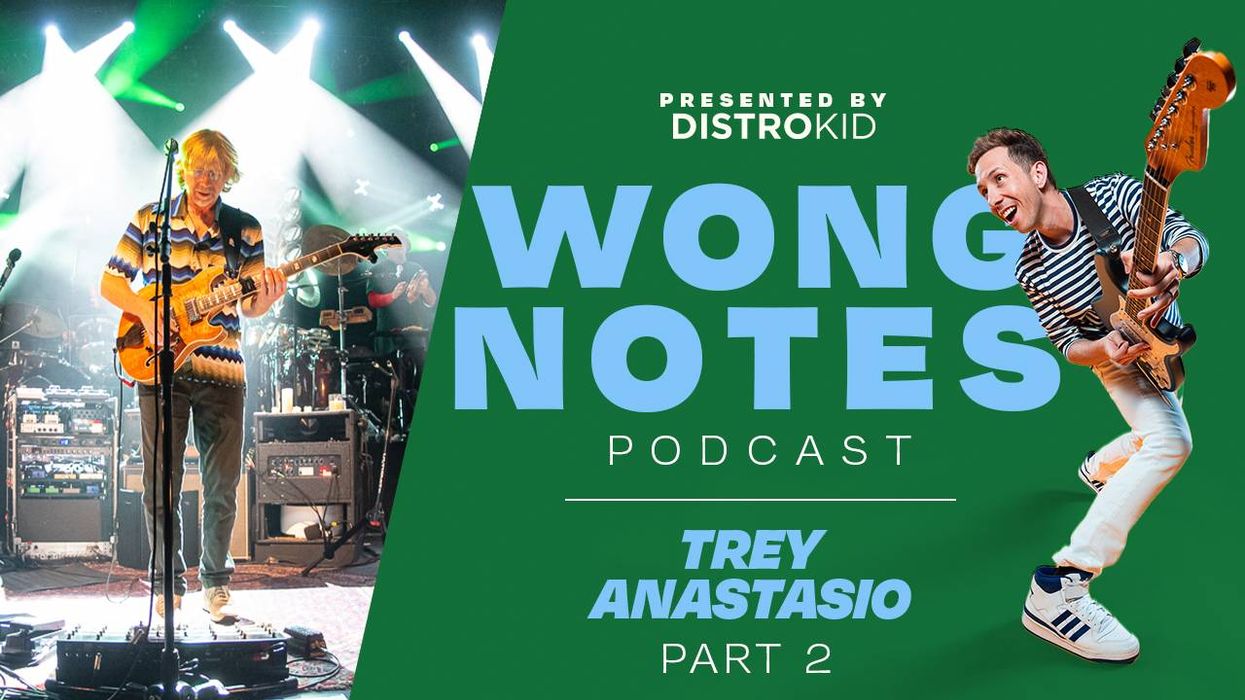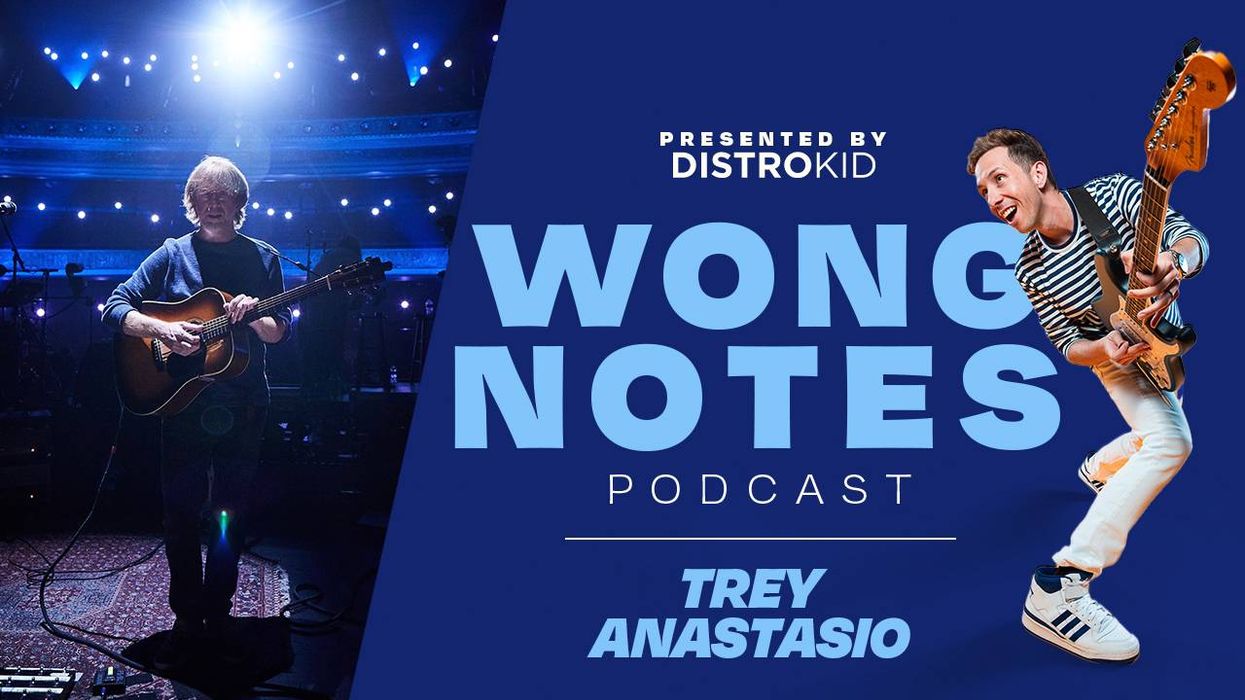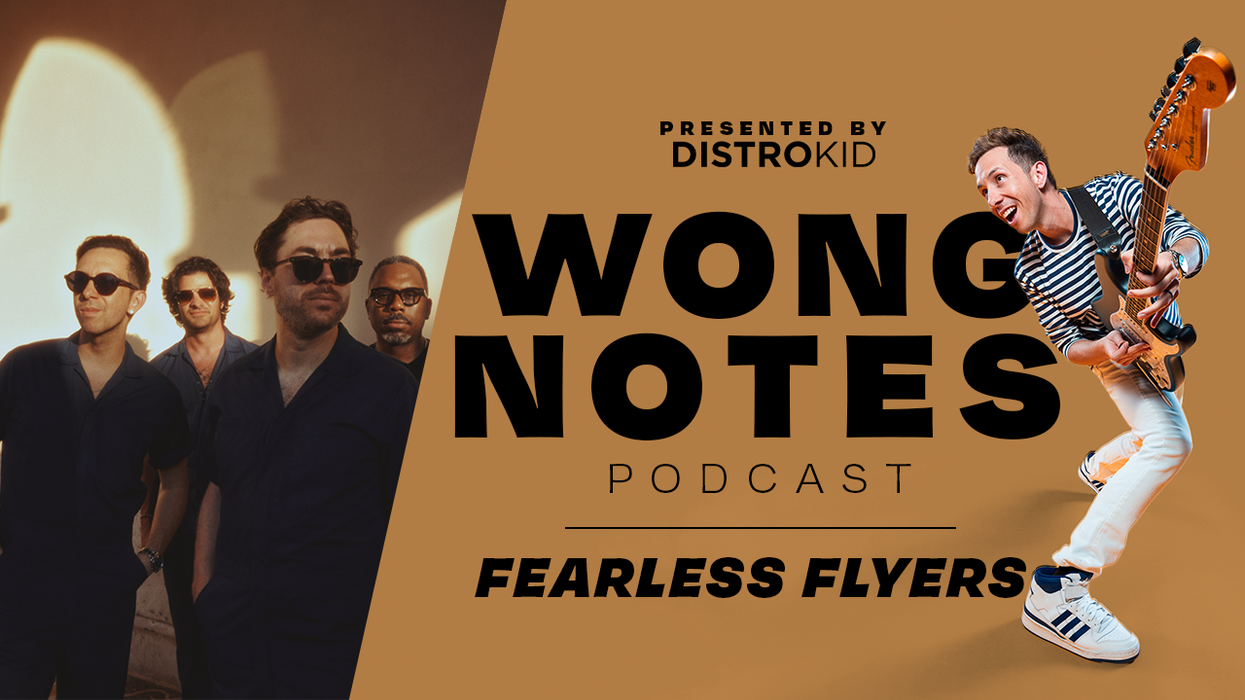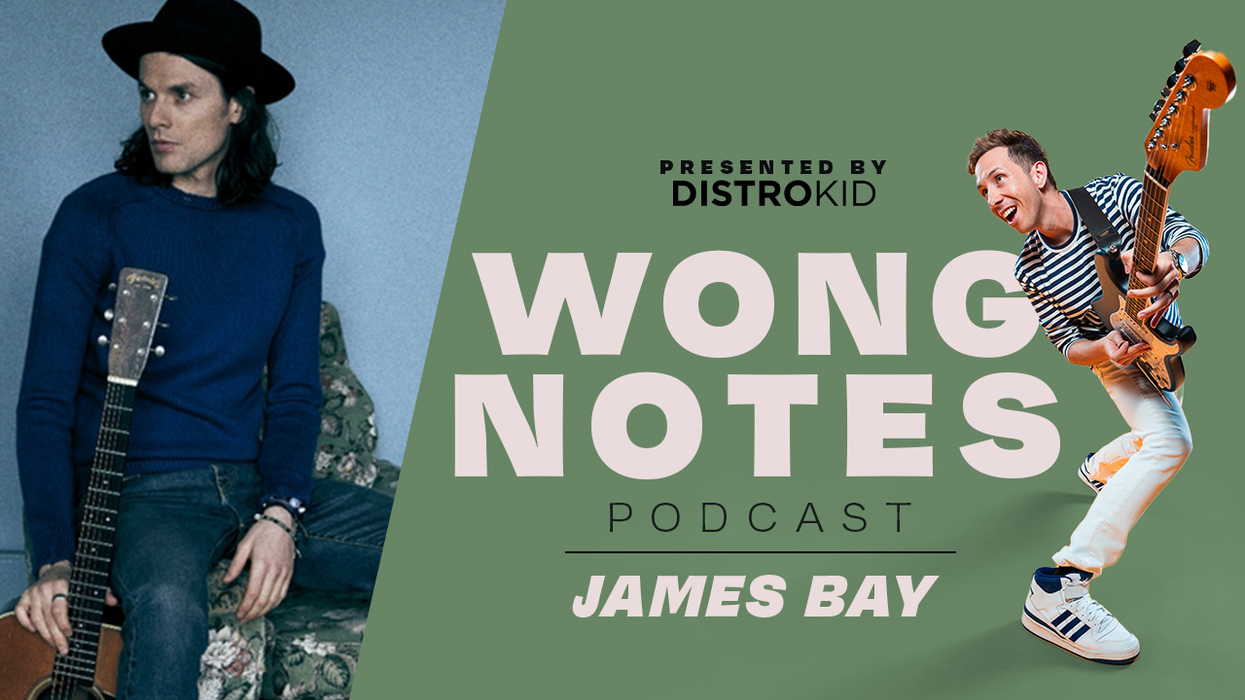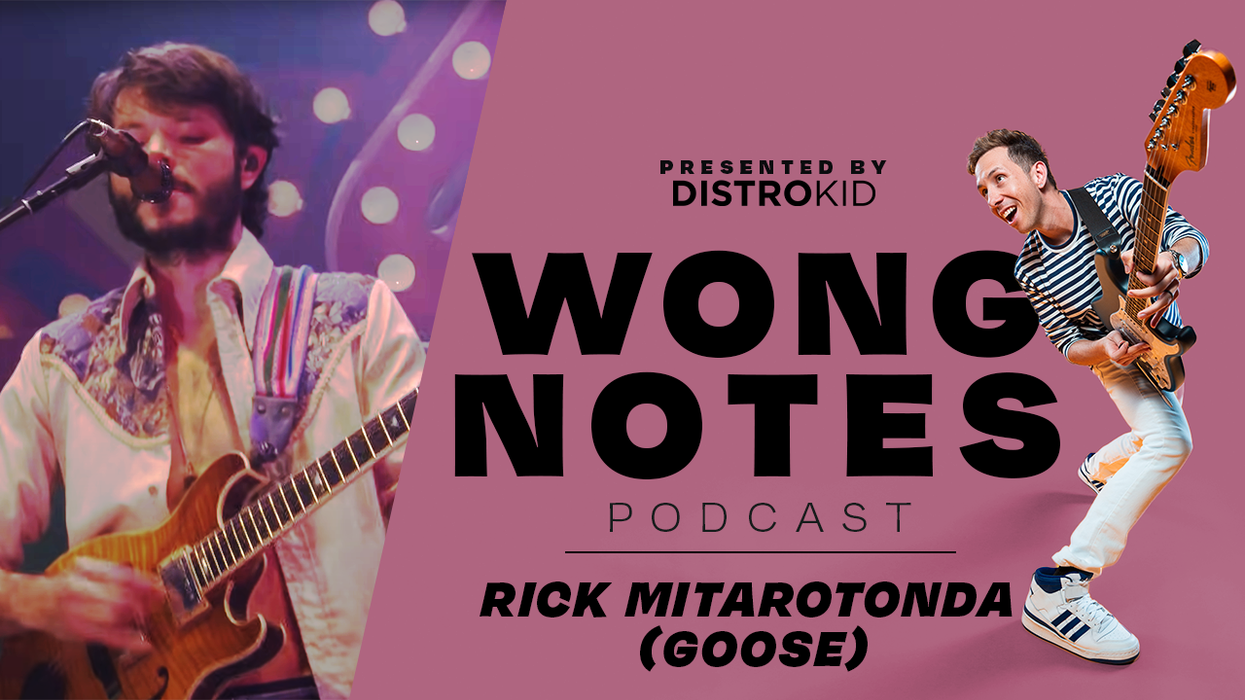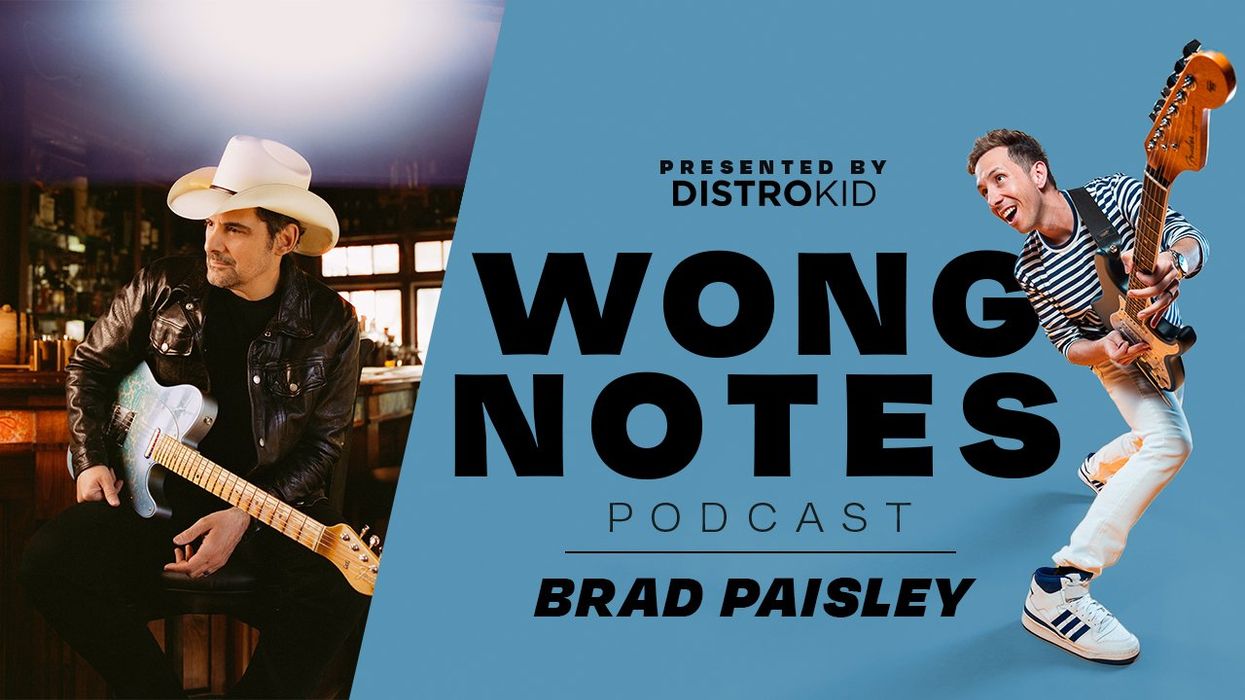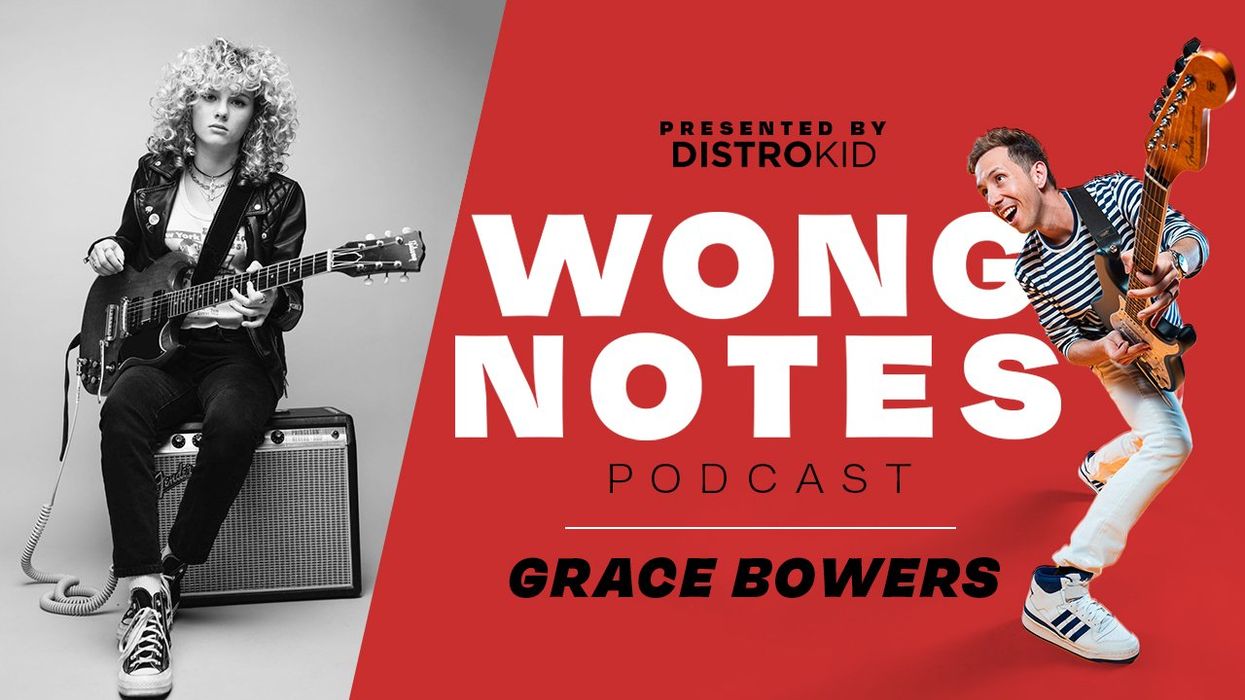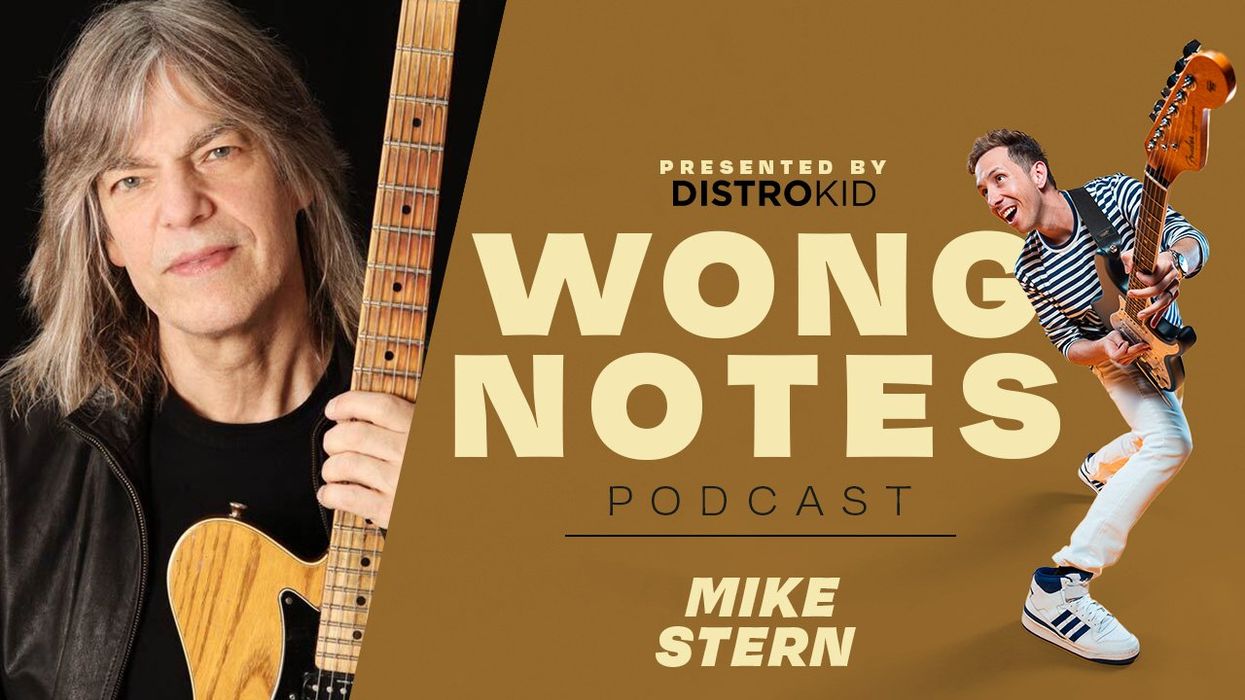Session drum ace Aaron Sterling might have fusion roots, but his bread-and-butter work lives at the top of the charts, where’s he’s featured on tracks by artists such as John Mayer, Taylor Swift, Harry Styles, and Lana Del Rey. He tells Cory what brought him to Los Angeles, why he’s “meant to be in the studio” instead of the stage, and he shares the surreal story of playing with EVH in a florist’s parking lot for Tracy Morgan.
Sterling defines his approach to recording in his studio as a “pedalboard approach” and explains:
“When guitar players started getting more pedals, in the old days, and then they started getting a pedalboard. And then there’s the rack. This was this evolution where you guys started controlling more and more of your sound and it was less waiting for a mixer to do interesting things later. And you were just like, ‘Here’s the sound.’ You have your own plugin, you have all this stuff that you’re doing to control your sound so that there’s less work later.
I got inspired by that concept when I started recording, even before I had my own studio, to give an engineer the most amount of stuff that’s done. So that when I started recording myself, my philosophy was always the pedalboard philosophy, which is I’ll give you the sounds, I’m not just gonna play the drums and let you do stuff later. I don’t wanna think of myself as a drummer. I’ll think of myself as a creator using drums to give you sounds that hopefully are the right thing for the song.
”Stick around for the drummer’s opinion of the Beatles’ “Now and Then” and learn why he prefers large cymbals.

